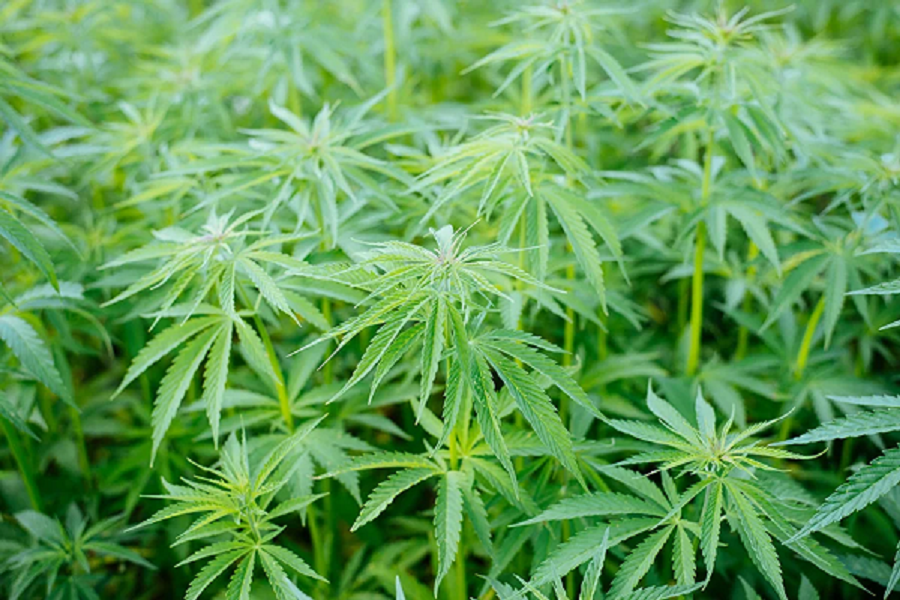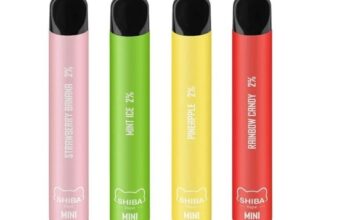CBD is the abbreviation for cannabidiol, one of the many cannabinoids, or chemical compounds, found in marijuana and hemp. You’re probably familiar with tetrahydrocannabinol, or THC, which is an additional compound found in the cannabis plant and its major psychoactive component. Yet unlike THC, CBD is not psychoactive. In other words, it’s not what gets you stoned. It’s also different from medical marijuana, which has been shown to lower discomfort.
What does it do?
In addition to treating epilepsy, a study has shown CBD might help reduce anxiety for people who have schizophrenia or psychosis, or who are addicted to narcotics. As a result of its anti-inflammatory properties, CBD may help deal with acne.
Guidelines for working with CBD
The following guidelines can be applied when recommending CBD products:
-
“Start low and Go Slow”
While CBD has shown pledge in many locations, it is still a reasonably new therapeutic device and prescribing standards are still being developed. The best approach when it comes to dosing is to “Start Low and Go Slow”, meaning starting therapy at a low dosage and boosting incrementally, noting that dosage dependence seems to vary from person to person.
-
Identifying dosing with the equivalency factor
CBD extracts generally start at 10 mg or 1 ml of CBD oil daily dosing. Look at the similar factor in dosing to calculate the amount of CBD being consumed per dose.
-
full-spectrum products
When looking for CBD products, you will find both CBD extracts and full-spectrum hemp products. While full-spectrum hemp products contain CBD, THC, and many different other phytocannabinoids, CBD extracts are developed by isolating the CBD content, removing THC, and different other cannabinoids. It’s important to note that hemp-derived products will consist of less than 0.3% THC unless they’re isolated from CBD extracts.
Research suggests that Full-Spectrum Hemp products may provide more therapeutic benefits through the synergistic activities of CBD, THC, and different other phytocannabinoids. This synergy between phytocannabinoids is called the “entourage effect”.
-
Determine possible interactions
Several animal and in-vitro researches have noted the interaction between CBD and cytochrome P450 enzymes. As a result, CBD can interact with particular medications that are cytochrome P450 substrates. Be sure to consider other medications and supplements an individual is taking to restrict any possible negative interactions.
-
Look for quality
To ensure the best quality, make sure to purchase CBD products from a reliable source. Products should be manufactured in a center compliant with cGMP standards and each set must have an associated certification of analysis. Some manufacturers will have independent third-party, and ISO-accredited lab testing of their products.



